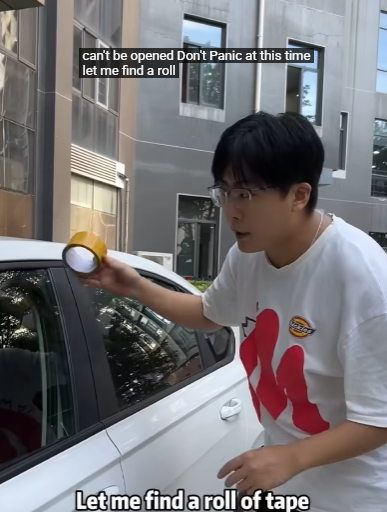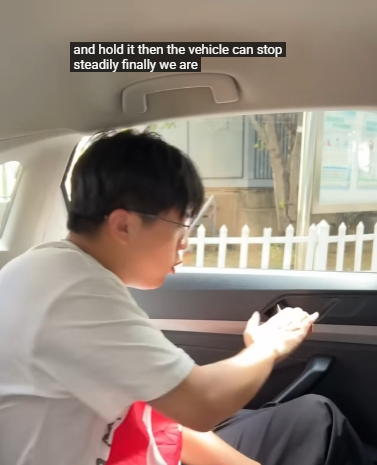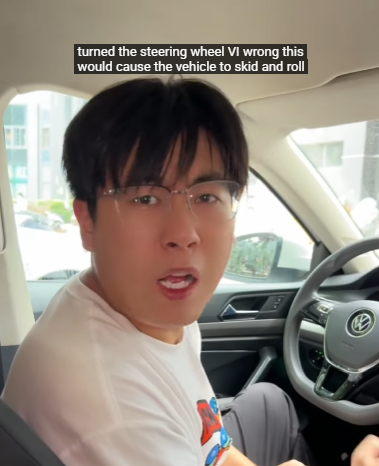
Car emergencies can happen to anyone, anywhere, and at any time. Whether you’re commuting to work, heading out on a road trip, or simply driving around town, knowing how to handle unexpected car problems can make a huge difference. It could mean staying safe, saving money, and even preventing further damage to your vehicle. In this article, we’ll cover the most common types of car emergencies and practical, step-by-step instructions on how to solve them.
1. Flat Tire
A flat tire is one of the most common car emergencies. Here’s how to handle it safely:
What to do:
- Pull over safely: If you notice a flat or blowout, slowly reduce speed and steer your car to the side of the road.
- Turn on hazard lights: Make sure other drivers can see you.
- Use your tools: Retrieve your spare tire, jack, and lug wrench from your trunk.
- Loosen the lug nuts: Before lifting the car with the jack, slightly loosen the lug nuts.
- Lift the car: Use the jack to raise the car off the ground.
- Replace the tire: Remove the flat tire, put on the spare, tighten the lug nuts by hand, lower the car, and then fully tighten the nuts.
Tip: Always check your spare tire pressure regularly.
2. Dead Battery
A dead battery can leave you stranded, especially in cold weather or after leaving your lights on overnight.
What to do:
- Use jumper cables: If another car is available, you can jump-start your battery.
- Connect cables properly:
- Red clamp to your dead battery’s positive terminal.
- Red clamp to the good battery’s positive terminal.
- Black clamp to the good battery’s negative terminal.
- Last black clamp to an unpainted metal surface on your car (not the battery).
- Start the working car first, then your car.
- Remove the cables in reverse order.
Tip: If your car won’t stay running after jump-starting, your alternator might be the issue.

3. Engine Overheating
An overheating engine can be very dangerous if ignored.
What to do:
- Pull over and turn off the engine immediately.
- Don’t open the radiator cap while hot—it can cause burns.
- Let the engine cool down for at least 15–30 minutes.
- Check coolant levels: Add coolant if it’s low (only when the engine is cool).
- Check for leaks: If you see coolant under your car, you may need professional help.
Tip: Carry a bottle of coolant or water in your trunk during long trips.
4. Brake Failure
Brakes not working is one of the scariest emergencies. Here’s how to stay safe:
What to do:
- Pump the brakes quickly: It might help restore pressure.
- Downshift: Use lower gears to slow your car down.
- Use the emergency brake (parking brake): Pull it slowly to avoid skidding.
- Steer to safety: Try to guide the car to the shoulder, grass, or an incline to stop.
- Use your horn and hazard lights to warn others.
Tip: Have your brakes inspected regularly to prevent failure.
5. Car Won’t Start
You turn the key, but nothing happens. This could be due to various reasons like a dead battery, bad starter, or empty fuel tank.
What to do:
- Check battery: Lights and dashboard dim? Try jump-starting the car.
- Listen for a clicking sound: Could indicate a starter issue.
- Out of gas? Check the fuel gauge.
- Wiggle the gear shift: For automatic transmissions, make sure it’s fully in “Park” or “Neutral.”
Tip: Carry a portable jump starter—it can save you in remote areas.

6. Locked Out of Your Car
It’s easy to accidentally lock your keys inside the car.
What to do:
- Stay calm and assess: Is a window open? Can someone bring a spare key?
- Call roadside assistance or a locksmith.
- Try using a long tool: If there’s a manual lock, sometimes a shoelace or wire hanger can be used (though not always recommended for modern vehicles).
Tip: Keep a spare key in a magnetic box under your car or with a trusted friend.
7. Stuck in Mud or Snow
Getting stuck can be frustrating and potentially dangerous in cold weather.
What to do:
- Don’t spin the wheels—it makes it worse.
- Clear space around the tires: Use a shovel or hands to remove snow or mud.
- Use traction aids: Place cardboard, car mats, or sand under the tires.
- Rock the car: Shift between reverse and drive, gently pressing the gas.
Tip: Always carry a small shovel and sand or kitty litter during winter months.

8. Check Engine Light Comes On
The check engine light can be triggered by many issues.
What to do:
- Don’t panic. If the car drives normally, it might not be urgent.
- Check the gas cap: A loose or cracked cap is a common cause.
- Observe the car’s behavior: Strange noises, loss of power, or shaking may indicate serious problems.
- Visit a mechanic or auto parts store: Many offer free diagnostics.
Tip: Keep an OBD-II scanner in your glove box for quick code checks.
9. Smoke from the Hood
Smoke is always a red flag.
What to do:
- Pull over and turn off the engine.
- Do NOT open the hood immediately. Wait until the smoke clears.
- Call for help if you smell something burning.
Tip: White smoke often means overheating; black smoke may indicate oil or fuel burning.
10. Accident or Collision
Even a minor accident can be stressful.
What to do:
- Ensure everyone is safe.
- Move to safety if possible.
- Turn on hazard lights.
- Call emergency services if needed.
- Exchange information: Get the other driver’s contact, insurance, and license plate number.
- Take pictures of the damage and surroundings.
Tip: Keep a notebook and pen in your glovebox for recording accident details.
Final Tips for All Car Emergencies
- Keep an emergency kit in your car: Include a flashlight, first-aid kit, jumper cables, tire gauge, multi-tool, gloves, reflective vest, and water.
- Know your insurance and roadside assistance numbers.
- Stay calm and think clearly.
- Get regular car maintenance: Prevention is the best way to avoid emergencies.
Conclusion
Car emergencies are never fun, but being prepared can make all the difference. Whether it’s a flat tire, a dead battery, or something more serious, having a plan helps you act quickly and safely. Equip your car with basic tools, understand how to handle common problems, and most importantly—stay calm. With these skills and tips, you can face car troubles with confidence and keep your journey safe and smooth.



